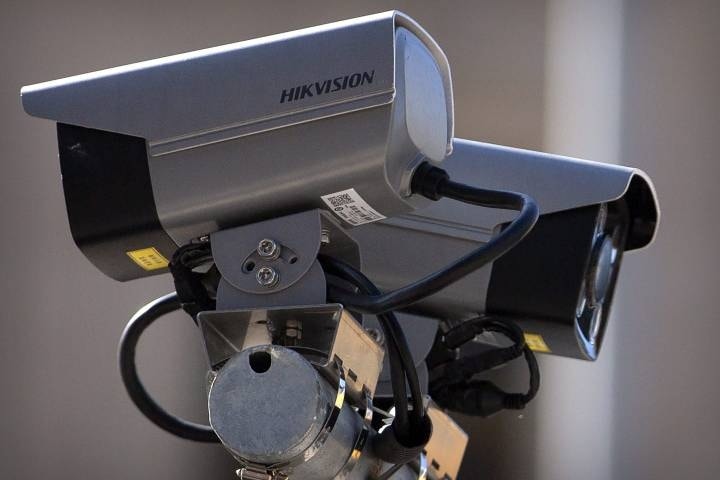
Several Chinese surveillance and technology firms have expressed deep concerns over the Indian government’s new rules mandating comprehensive testing of all Closed-Circuit Television (CCTV) equipment. The policy, implemented under the Ministry of Electronics and Information Technology (MeitY), requires companies to submit hardware samples, embedded software, and source code to Indian government-approved laboratories for security evaluation.
The move, aimed at bolstering national cybersecurity and data integrity, has triggered strong reactions, particularly from Chinese firms which dominate India’s CCTV import market.
Background of the Policy
The new regulation falls under the Compulsory Registration Scheme (CRS) and is part of India’s broader effort to localize testing and enhance surveillance oversight. The Bureau of Indian Standards (BIS), along with the Standardization Testing and Quality Certification (STQC) Directorate, will oversee the process.
Companies now must provide:
- Full hardware units for lab analysis
- Firmware and embedded software binaries
- Source code access for security verification
The government insists the move is necessary to prevent potential backdoors, espionage, and ensure data transmitted through these devices does not breach national security.
Why Chinese Companies Are Concerned
Chinese firms such as Hikvision, Dahua, and Uniview—which hold a significant market share in India—have voiced their unease. Their primary concerns include:
- Intellectual Property Risks
Companies fear that sharing proprietary source code and internal design architectures could expose trade secrets, potentially leading to technology theft or replication. - Data Sovereignty and Trust Deficit
There is apprehension that Indian labs may not maintain the confidentiality of sensitive software, especially given the prevailing geopolitical tension between India and China. - Non-Reciprocal Treatment
Chinese companies argue that similar testing standards are not imposed on Indian or Western firms operating in China, raising questions of trade fairness and non-discriminatory practices. - Operational Delays and Costs
Complying with the new rules may lead to shipment delays, product redesigns, and increased operational costs due to the extensive testing protocols.
India’s Standpoint
Government officials maintain that national security cannot be compromised, especially given the critical role CCTVs play in public safety, law enforcement, and smart city initiatives.
A senior MeitY official, on condition of anonymity, stated:
“These measures are not targeted at any specific country. In today’s digital age, ensuring supply chain security and trust in surveillance devices is crucial. The rules are technology-neutral but security-focused.”
The move also aligns with India’s broader Make in India and Atma Nirbhar Bharat (Self-Reliant India) initiatives, which aim to reduce dependency on foreign technology and encourage domestic manufacturing.
Industry Reactions
While Chinese firms have raised the loudest objections, the Indian tech and security community has largely welcomed the decision.
Pankaj Mohindroo, Chairman of the India Cellular & Electronics Association (ICEA), commented:
“Testing protocols are standard practice in many countries. What India is doing now is long overdue, especially given rising cyber threats.”
Indian manufacturers of surveillance equipment have also seen this as an opportunity to level the playing field and regain market share lost to heavily subsidized Chinese imports.
Geopolitical Undercurrents
This regulatory shift also comes in the wake of rising border tensions between India and China, especially post the Galwan Valley clashes in 2020. Since then, India has banned over 300 Chinese mobile apps and has restricted Chinese investments in sensitive sectors.
This CCTV testing regulation is widely seen as a continuation of India’s strategic decoupling from Chinese tech infrastructure.
What’s Next?
Chinese firms are reportedly seeking diplomatic intervention and considering appeals through industry associations. However, insiders believe that India is unlikely to roll back the policy given the current political climate and national security priorities.
Companies will have to decide whether to comply, localize manufacturing, or exit the Indian market—a decision that could significantly reshape the landscape of India’s security hardware industry.
Conclusion
As India tightens its cybersecurity norms, the rift between Chinese firms and the Indian government is widening. The CCTV testing rule may just be the beginning of a broader shift toward increased scrutiny and localization of critical technologies in one of the world’s fastest-growing digital economies.

